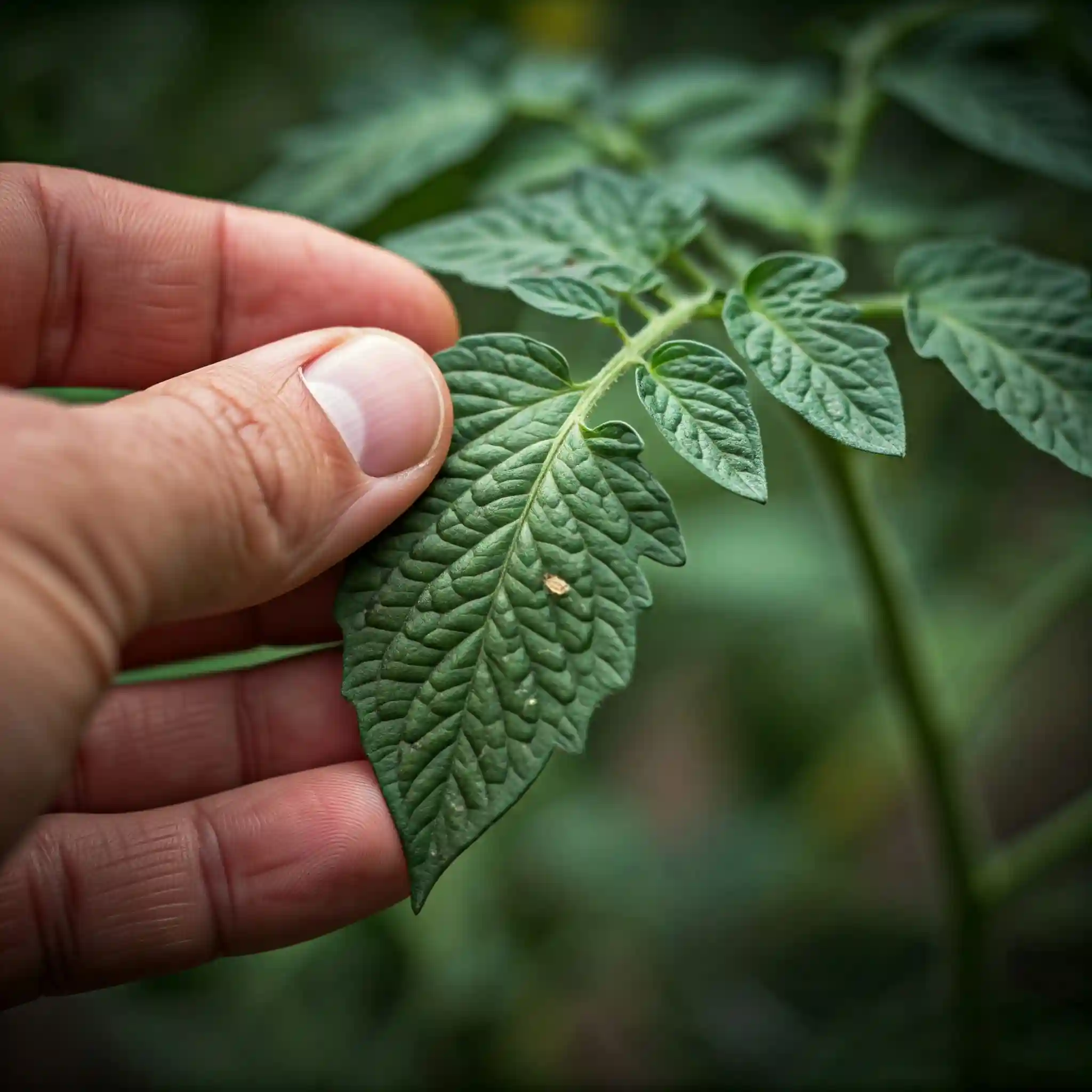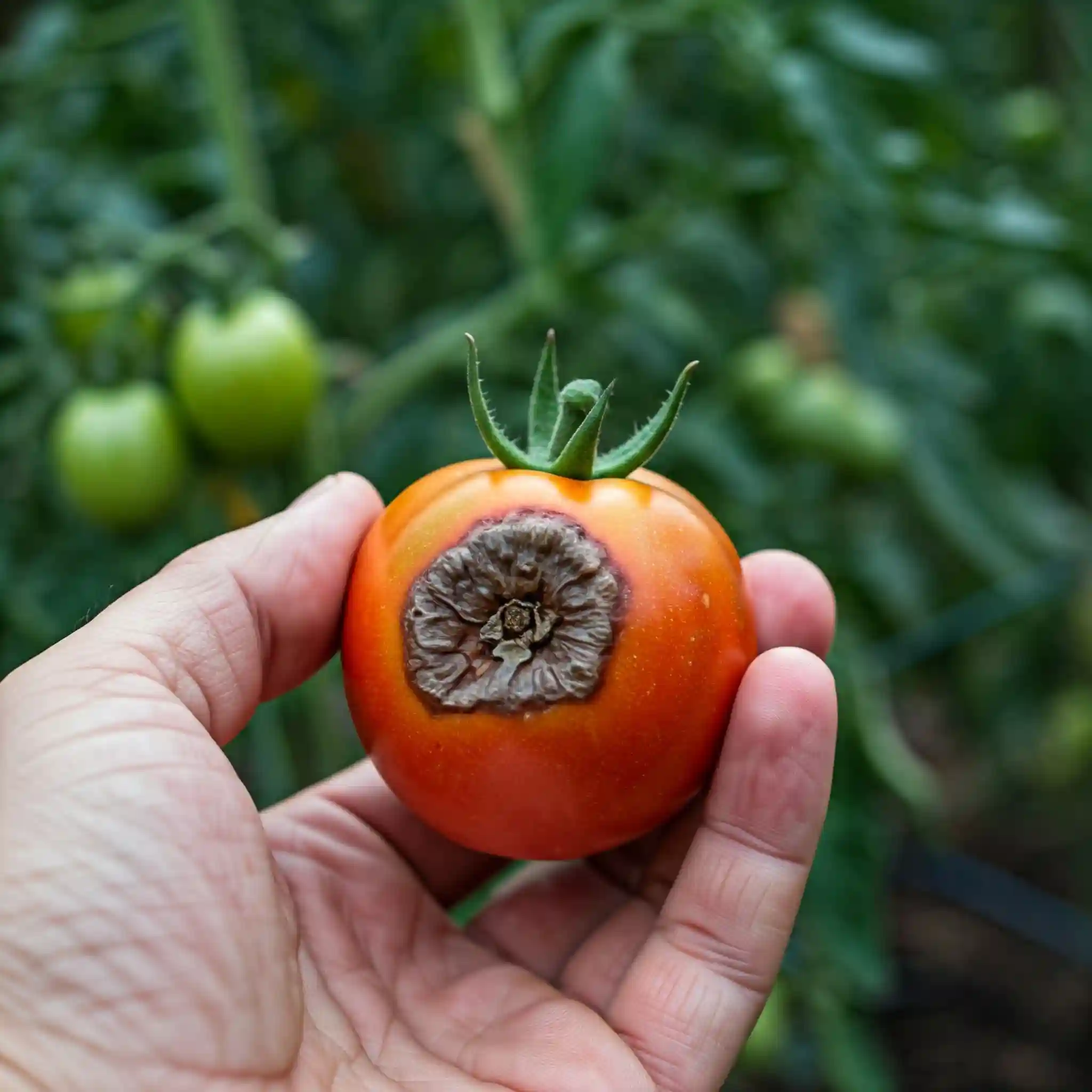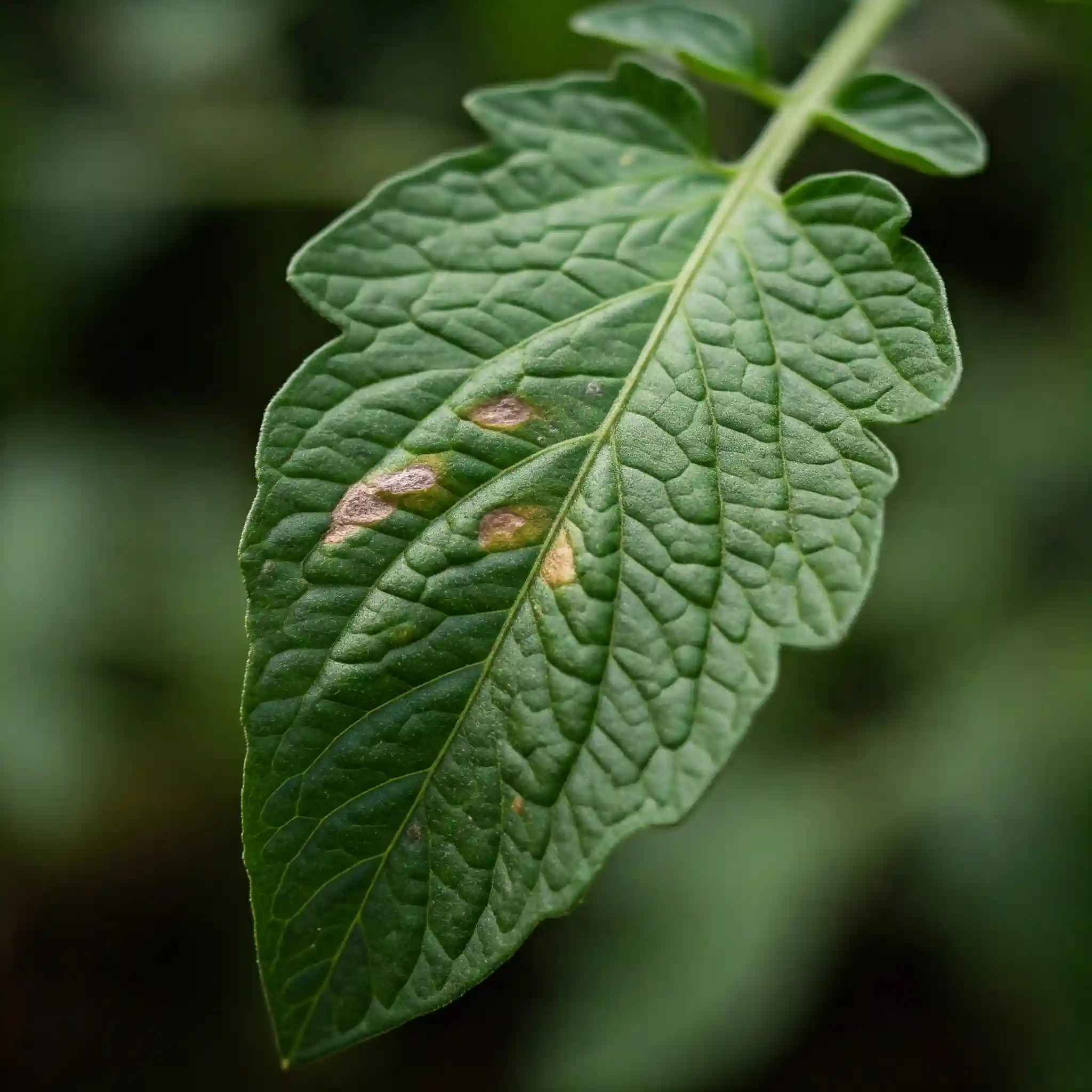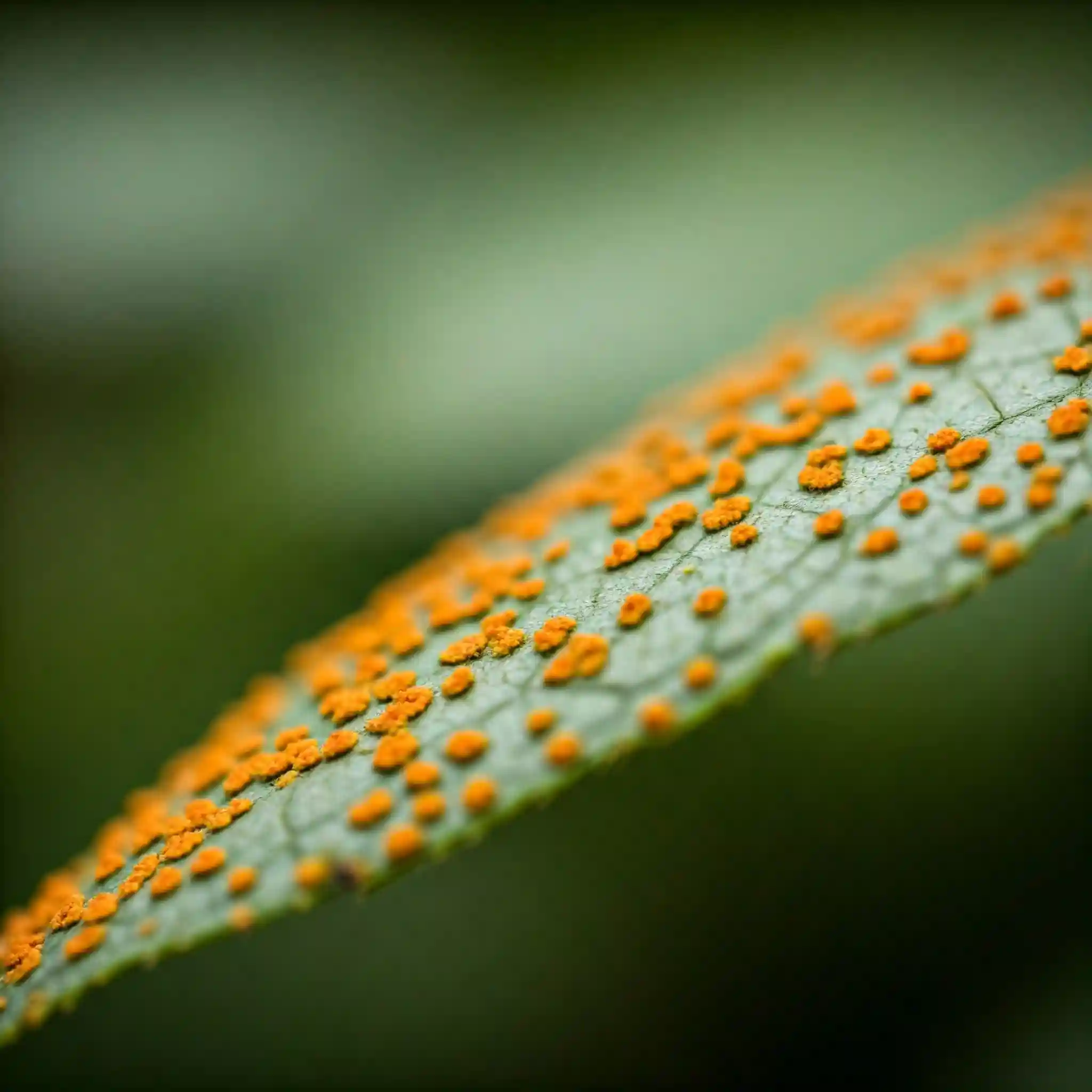Are you a citrus tree enthusiast struggling with persistent pests that are damaging your beloved plants? Have you noticed yellowing leaves, stunted growth, or even tree decline? If so, you may be dealing with the pesky citrus root weevil. These destructive insects can cause significant harm to citrus trees, leading to reduced fruit production and even tree death.
In this comprehensive guide, we will delve into the world of citrus root weevils, providing you with valuable information on their identification, prevention, and effective control strategies. Whether you are a seasoned gardener or just starting out, this article will equip you with the knowledge you need to protect your citrus trees from these harmful pests.
Understanding Citrus Root Weevils
Citrus root weevils are a serious pest of citrus trees, causing significant damage to their root systems. These insects are characterized by their distinctive, curved snout and brownish-black coloration. Adult weevils typically range in size from 0.5 to 0.75 inches long.
The life cycle of a citrus root weevil involves four stages: eggs, larvae, pupae, and adults. Adult females lay their eggs in the soil near the base of the tree. Upon hatching, the larvae burrow into the soil and feed on the roots. After a period of development, the larvae pupate, and eventually emerge as adult weevils.
Citrus root weevils can cause a variety of symptoms in citrus trees. Infested trees may exhibit yellowing leaves, stunted growth, and a decline in overall health. In severe cases, the roots may be so damaged that the tree becomes unstable and eventually dies.
Identifying Citrus Root Weevil Infestations
Identifying a citrus root weevil infestation can be challenging, as the damage often occurs below the soil surface. However, there are several signs to watch for that may indicate a problem.
One of the most common signs of a citrus root weevil infestation is yellowing leaves. This is often accompanied by stunted growth and a decline in overall tree health. Additionally, you may notice adult weevils crawling around the base of the tree or evidence of their feeding activity, such as small holes in the bark.
To confirm a citrus root weevil infestation, it may be necessary to dig up the roots of the tree. You may find evidence of weevil larvae feeding on the roots, which can be identified by their small, white, legless bodies.
Another effective method for detecting citrus root weevil infestations is to use pheromone traps. These traps contain a synthetic pheromone that attracts adult weevils. By monitoring the number of weevils caught in the traps, you can get a good idea of the severity of the infestation.
Preventing Citrus Root Weevil Infestations
Preventing citrus root weevil infestations is crucial for maintaining the health of your citrus trees. There are several strategies you can implement to minimize the risk of infestation:
- Cultural Practices:
- Deep Watering: Deep watering encourages the roots to grow deeper into the soil, making them less susceptible to damage from weevils.
- Mulching: Mulching around the base of the tree helps to retain moisture, suppress weeds, and protect the roots from damage.
- Sanitation: Regularly clean up fallen fruit, leaves, and other debris around the base of the tree to prevent weevils from hiding and laying eggs.
- Planting Resistant Varieties:
- Some citrus tree varieties are naturally more resistant to citrus root weevils. Consider planting resistant varieties to reduce the risk of infestation.
- Beneficial Nematodes:
- Beneficial nematodes are microscopic worms that prey on weevil larvae. Applying beneficial nematodes to the soil can help to control the population of weevils.
Controlling Citrus Root Weevils
If your citrus trees are already infested with citrus root weevils, there are several control measures you can take to eliminate the pests and prevent future damage:
- Manual Removal:
- Adult weevils can be manually removed from the tree using a flashlight and tweezers. Destroy the weevils to prevent them from laying eggs.
- Insecticides:
- Insecticides can be used to control both adult weevils and larvae. However, it is important to choose a product that is specifically labeled for use against citrus root weevils and to follow the instructions carefully.
- Bait Stations:
- Bait stations are a popular method for controlling adult weevils. These stations contain a bait that attracts weevils, which are then exposed to a pesticide.
- Pheromone Traps:
- Pheromone traps can be used to monitor the population of adult weevils and to capture and destroy them.
- Soil Drench:
- Applying a soil drench containing a systemic insecticide can help to control weevil larvae.
FAQs
- Q: How can I tell if my citrus tree has citrus root weevils?
- A: Common signs of a citrus root weevil infestation include yellowing leaves, stunted growth, and tree decline. You may also find adult weevils crawling around the base of the tree.
- Q: What is the best way to prevent citrus root weevils?
- A: Implementing cultural practices such as deep watering, mulching, and sanitation can help to prevent citrus root weevil infestations. Planting resistant varieties and using beneficial nematodes can also be effective.
- Q: How can I control citrus root weevils if my trees are already infested?
- A: Control measures include manual removal, insecticides, bait stations, pheromone traps, and soil drenches.
- Q: Are there any natural predators of citrus root weevils?
- A: While there are a few natural predators of citrus root weevils, they are not always effective in controlling large infestations.
- Q: How often should I inspect my citrus trees for signs of citrus root weevils?
- A: It is recommended to inspect your citrus trees regularly, especially during the spring and summer months when weevils are most active.
- Q: Can citrus root weevils spread to other plants?
- A: Citrus root weevils primarily feed on citrus trees, but they may occasionally damage other plants in the same family, such as avocados and guavas.
- Q: How long does it take to see results from citrus root weevil control methods?
- A: The time it takes to see results from citrus root weevil control methods can vary depending on the severity of the infestation and the specific control measures used. However, you may start to notice improvements in the health of your citrus trees within a few weeks or months.
- Q: Can I prevent citrus root weevils from entering my garden?
- A: While it is difficult to completely prevent citrus root weevils from entering your garden, you can reduce the risk of infestation by maintaining good garden hygiene and practicing preventive measures.
- Q: What should I do if I have a severe citrus root weevil infestation?
- A: If you have a severe citrus root weevil infestation, it is recommended to consult with a professional pest control company for advice and assistance. They can assess the situation and recommend appropriate treatment options.
By understanding the signs of citrus root weevil infestations, implementing preventive measures, and taking prompt action when necessary, you can protect your citrus trees from these destructive pests and enjoy a bountiful harvest.
Conclusion
Citrus root weevils can be a serious pest of citrus trees, causing significant damage to their root systems and leading to reduced fruit production. By understanding the signs of infestation, implementing preventive measures, and taking prompt action when necessary, you can protect your citrus trees from these destructive pests and enjoy a bountiful harvest.
Remember to inspect your citrus trees regularly for signs of infestation, practice good garden hygiene, and consider consulting with a professional pest control company if you have a severe problem. With proper care and attention, you can keep your citrus trees healthy and productive.





